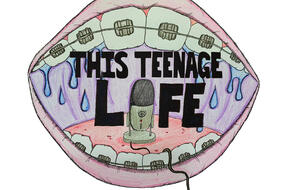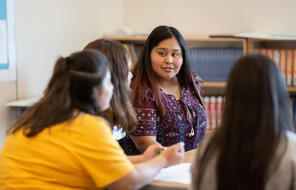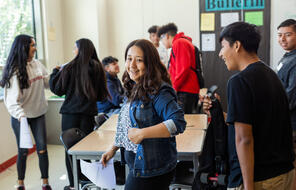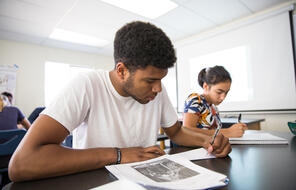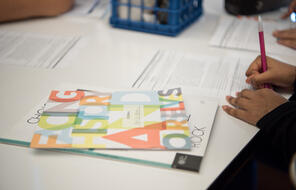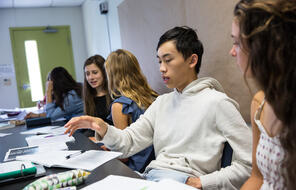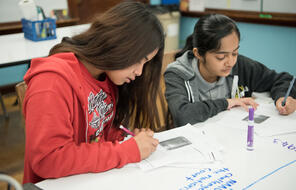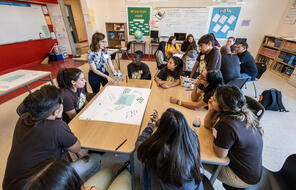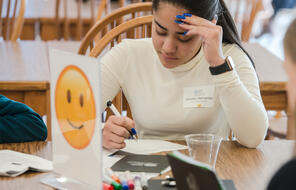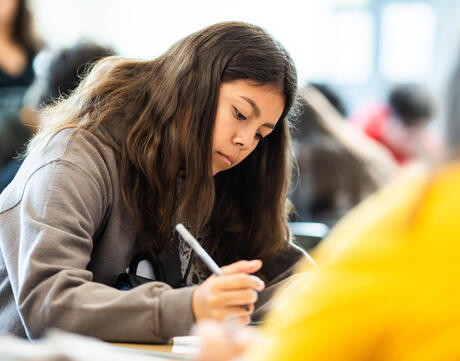
Toolbox for Care
Subject
- Advisory
- English & Language Arts
- History
- Social Studies
Grade
6–12Language
English — USPublished
Overview
What Is the Toolbox for Care?
Often teachers have the responsibility of helping students reflect on and process painful or traumatic events in local, national, or global news, including acts of violence, natural disasters, or the uncovering of historical atrocities. Cultivating a sense of agency and care can help students process these events. This teaching strategy is designed to help students think about what “tools” they have access to that can help them take care of themselves and others in the wake of traumatic news. It invites them to create a physical toolbox containing “tools” that represent the skills, attitudes, and actions that are necessary to care for themselves and their communities during difficult times. This strategy helps students to reflect and to recognize what they might need to make a difference.
Students’ toolboxes can take a variety of forms, such as an actual box with a new design or decoration added by the student, a hollowed-out old book, or a soft-sided sewn object. The “tools” within can be symbolic objects, collages, images, poems, or favorite quotations. For example, students can include eyeglasses to help them “focus more clearly.”
Procedure
How to Use the Toolbox for Care Strategy
Variations
Unlimited Access to Learning. More Added Every Month.
Facing History & Ourselves is designed for educators who want to help students explore identity, think critically, grow emotionally, act ethically, and participate in civic life. It’s hard work, so we’ve developed some go-to professional learning opportunities to help you along the way.
Exploring ELA Text Selection with Julia Torres
On-Demand

Working for Justice, Equity and Civic Agency in Our Schools: A Conversation with Clint Smith
On-Demand

Centering Student Voices to Build Community and Agency
On-Demand
